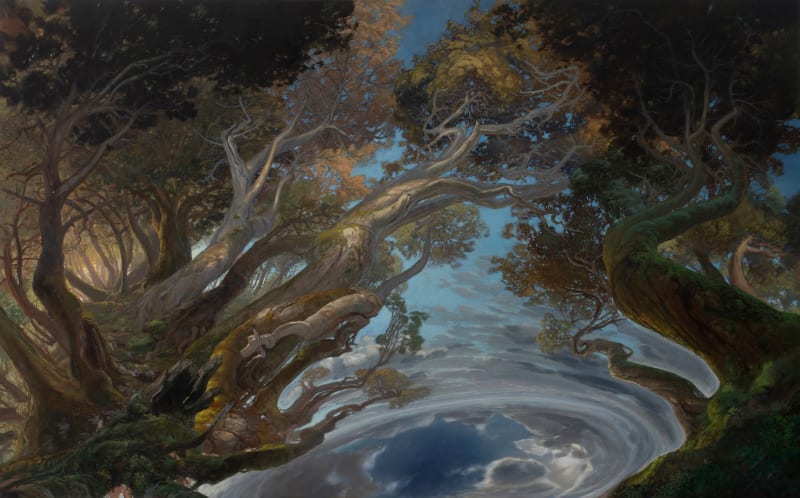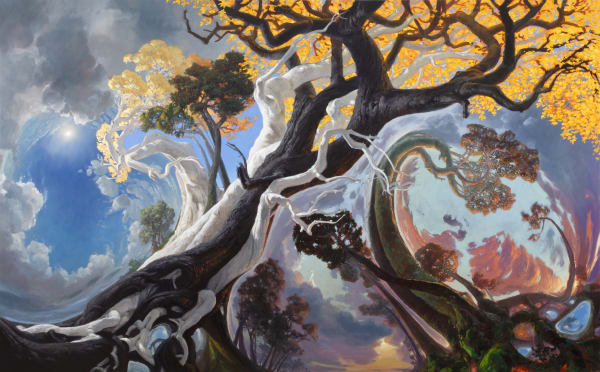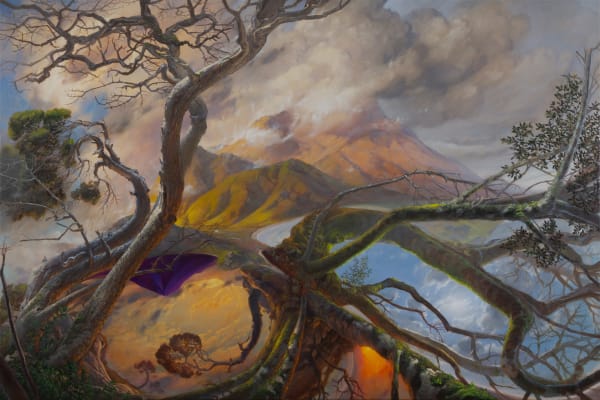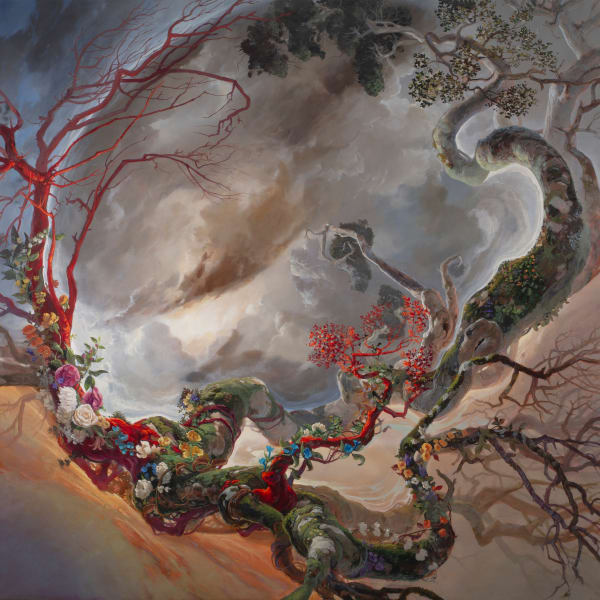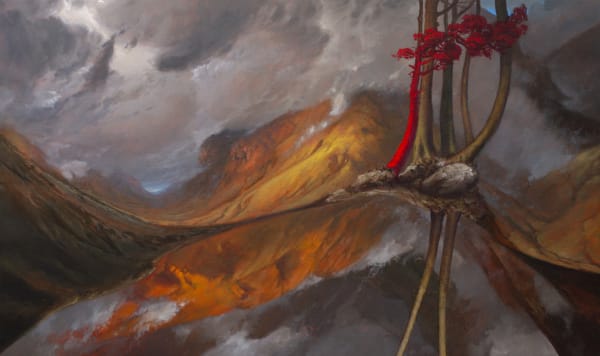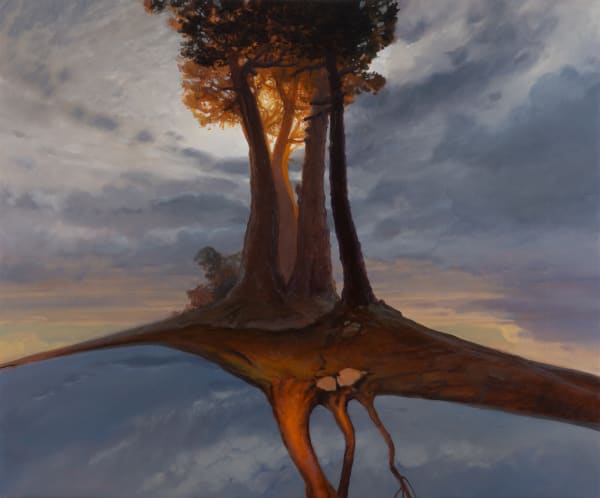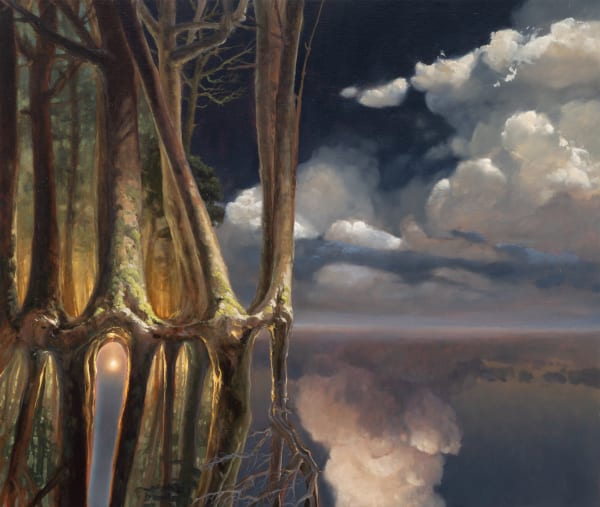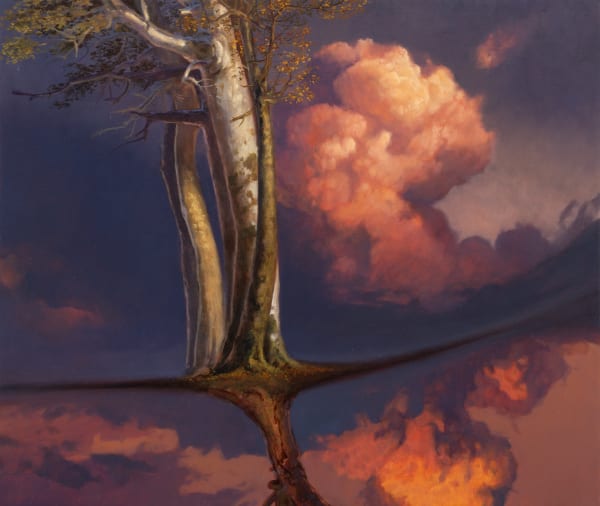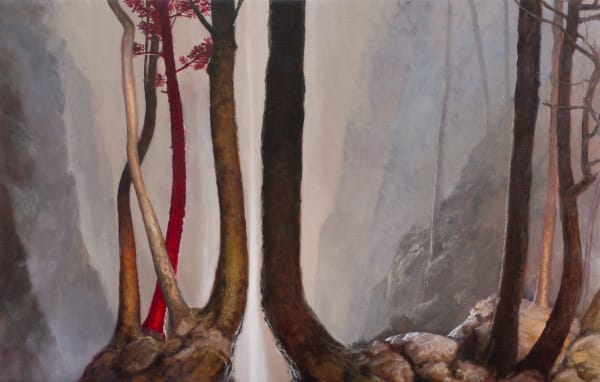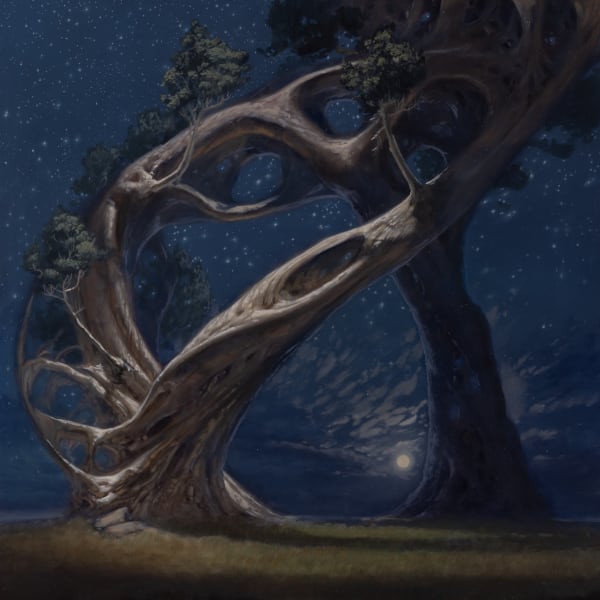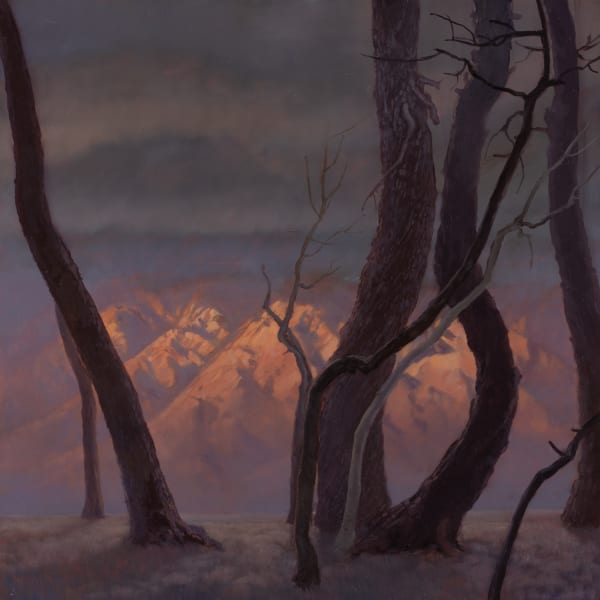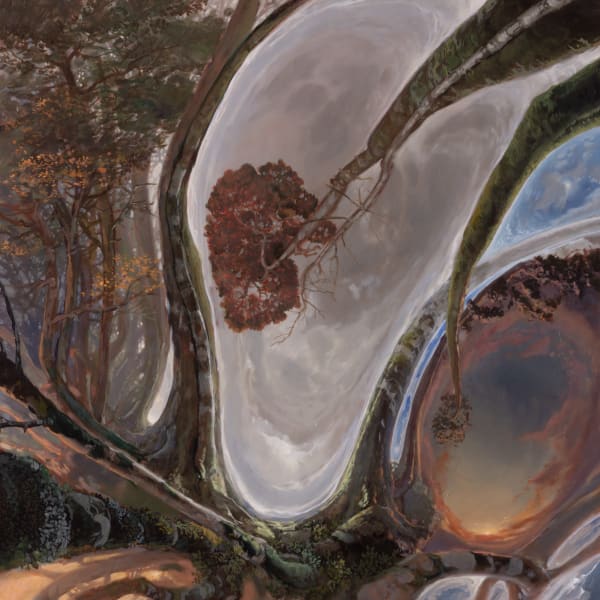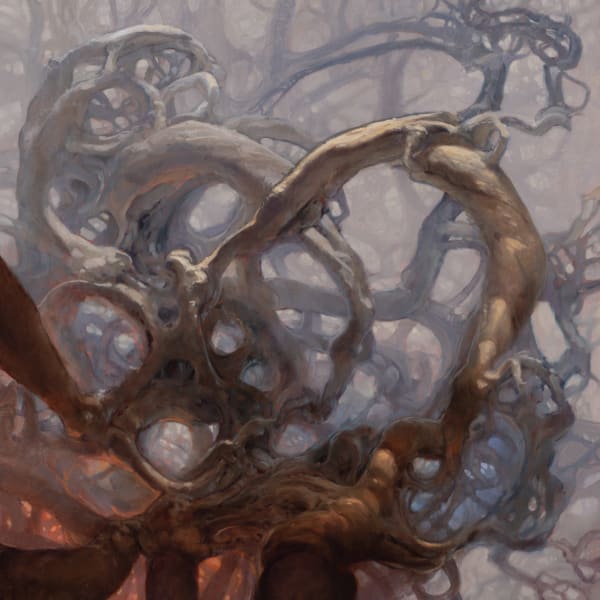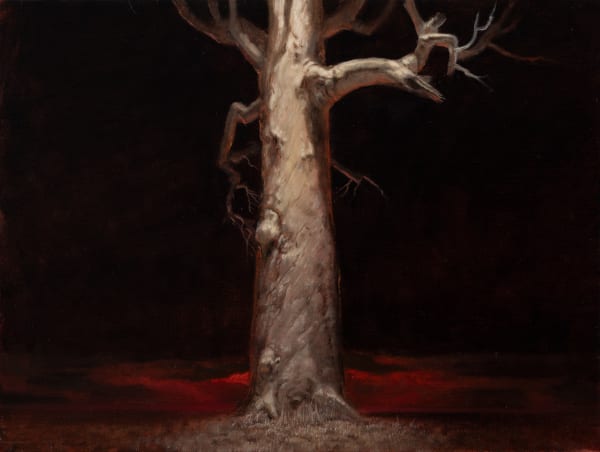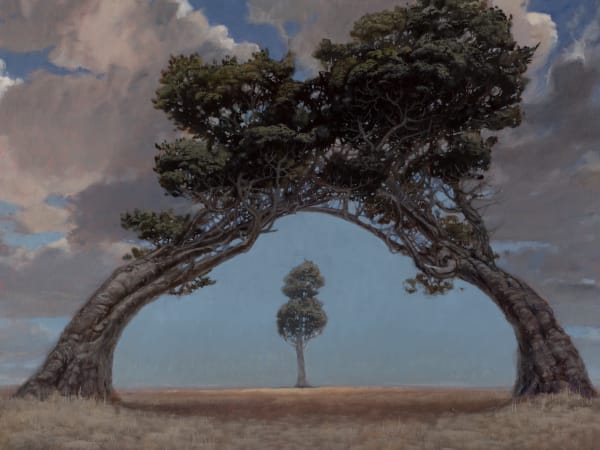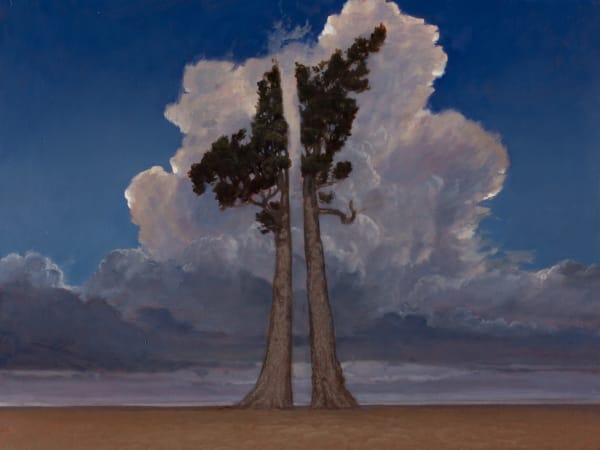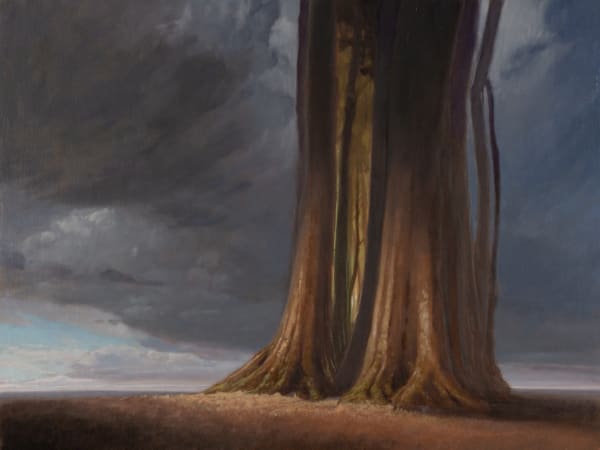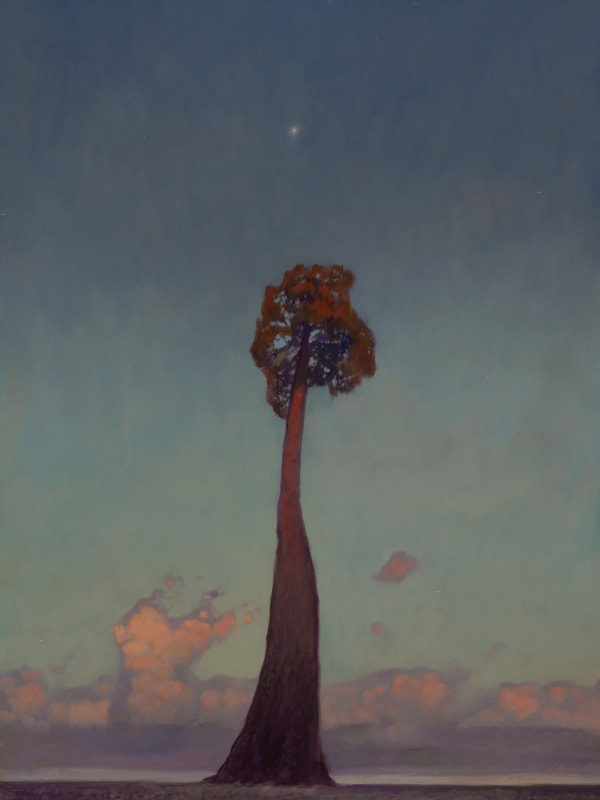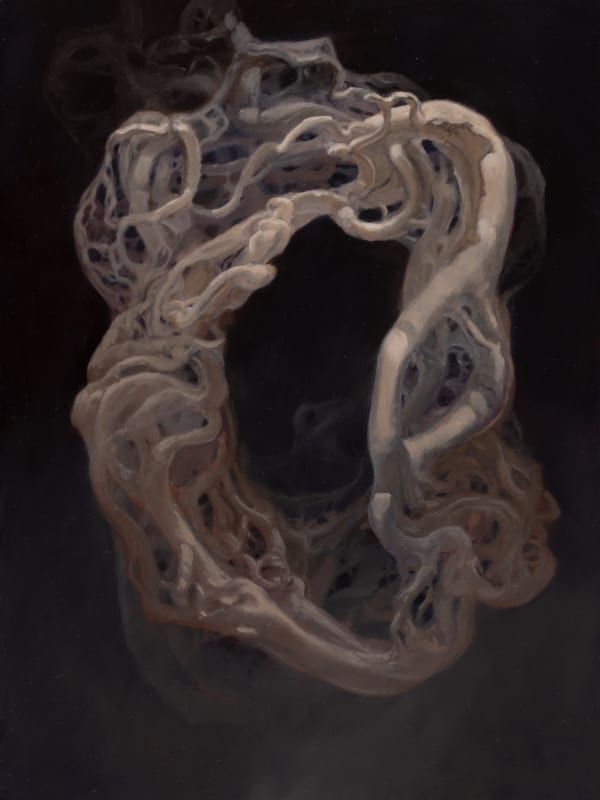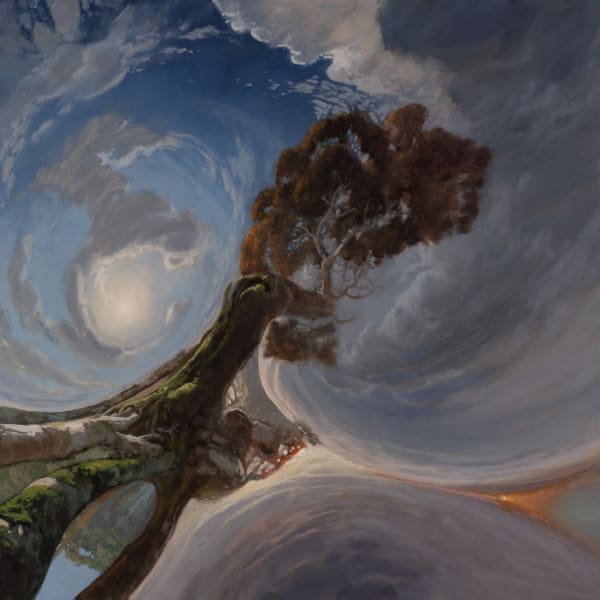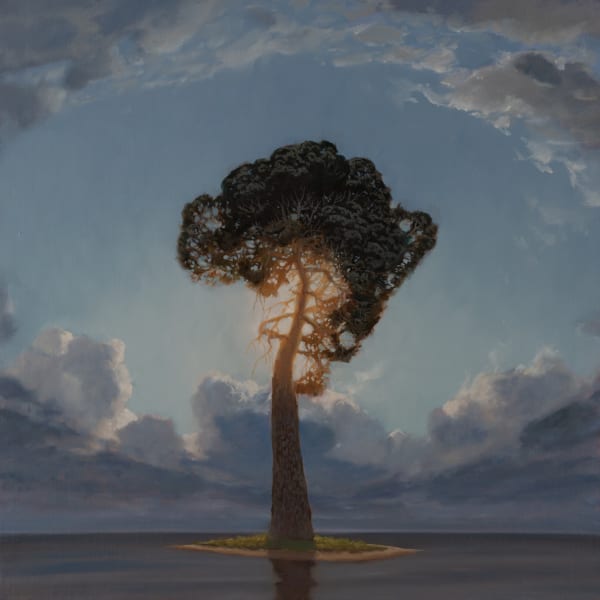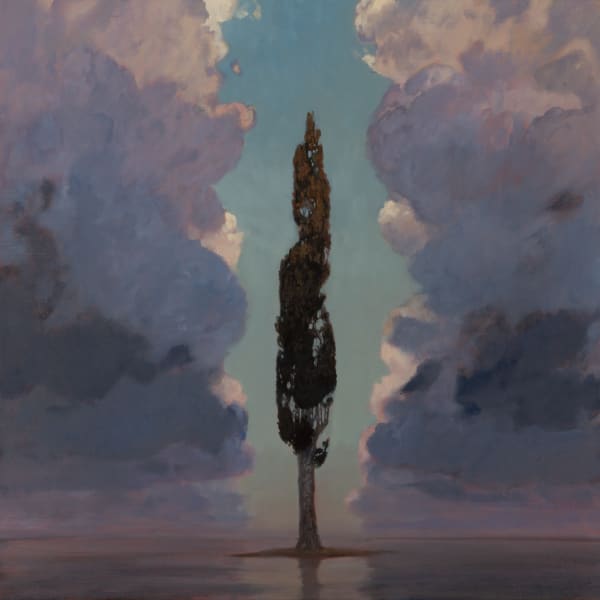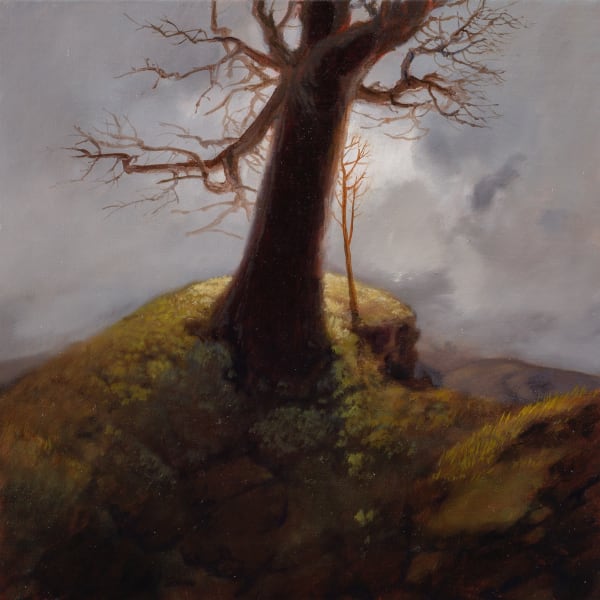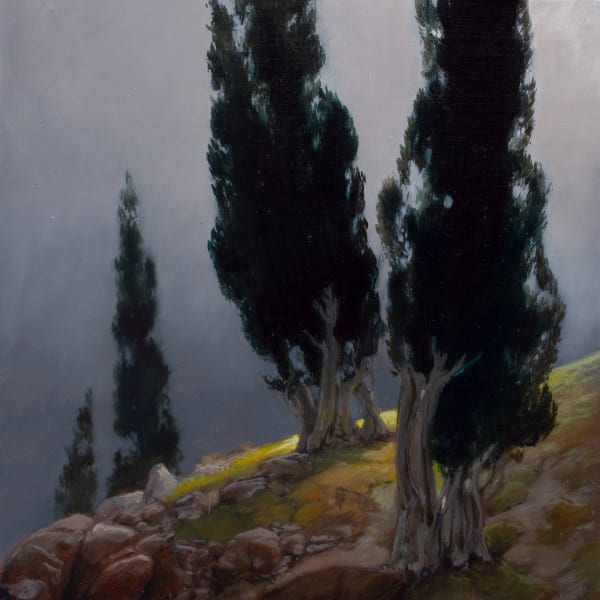The Place of Concord : Jason Cordero
Lennox St. Gallery is pleased to present The Place of Concord, an exhibition of recent paintings by Jason Cordero.
The exploration of aesthetic possibilities within the landscape genre continues in the present suite of paintings. By contrast to previous exhibitions, the majority of works are carried out on an intimate scale. If large-scale works require the viewer to step back appreciatively to immerse oneself in the composition, the modest scale of these pieces invite art lovers to position themselves within their intimate proximity to pause, contemplate, and reflect. The resulting interaction benefits not only the examination of intricate, puzzling, and thought-provoking visions but also heightens the appreciation of the artist's refined brushwork, glazing, and pigment application.
The European source of inspiration is evident through the evocation of the Sublime and Romanticism of the eighteenth- and nineteenth-century British and Continental masters, and perhaps even the echoes of the monumentality captured by the painters of the American Hudson River school. However, the partial rejection of the symmetry of European flora in preference to the unpredictability of the sinuousness of trunks and branches of the innumerable varieties of the eucalypt suggests Australian, and, in particular, South Australian, school of landscape painting. The exploration of Australian flora’s aesthetic potential reverberates throughout Cordero’s oeuvre.
Smaller studies, such as The First, The Second, The Third, and The Fourth, suggest that an actual place is at the source of Cordero’s vision, but that the filter of highly personal aesthetic prism turns them into imagined spaces of infinite interpretations and possibilities. Already intimated in The Third, such paintings as Not wanting to draw attention to oneself, The first and the second, Between morning and evening, and, of course, the spectacular The Bridge suggest a mysterious portal to the unknown. So far as I recall, The conjunction of the winds, and After several iterations may reference wind-gnarled tree trunks, ubiquitous throughout the Australian terrain, but turned by Cordero’s brush into spectacles of labyrinthine complexities.
The quality of light is central to Jason’s works. It gives them volume, direction, and unity; it allows for a myriad of tonal variations; and it gifts each piece an emotional profundity. A closer examination of the monumentally scaled That the day may end or begin, or its smaller cousins, It seemed obvious at the time, They didn’t seem to be failing, as well as the artist’s classic and perennially beloved inverted landscapes, such as The forest’s edge proved uncertain, reveals multiple sources of light. These works unite, within a single image, several vignettes of related landscapes during different times of the day, whether the early morning, the high noon, or the evening twilight. This stratagem allows the artist to introduce and account for multiple sources of light within the same image while maintaining its compositional coherency.
The visual rebus of the compositions is paralleled by the evocative complexity of Jason’s titles. Together, they imbue compositions with emotive pathos, turning a walk through the exhibition into a journey through states of mind, culminating, perhaps, with The scholar could not but say, where the slither of pale blue within the impenetrable forest brings a promise of renewal.
Jason Cordero studied at the South Australian School of Art, University of Adelaide, and began holding solo exhibitions regularly since the mid-1990s in Adelaide, Sydney, Hobart, and Melbourne. A survey exhibition of the artist’s works, Between the Hours, was held at Gippsland Art Gallery in 2013, and accompanied by a monograph with an exhibition essay by the Gallery’s director, Simon Gregg. The artist had won a number of prizes and awards for his works, including The Heysen Prize for Australian Landscape and The John Leslie Art Prize; was selected as the winner in the People’s Choice category in Fleurieu Biennale Art Prize, R&M McGivern Prize, The Alice Prize, and The Glover Prize, and his works were selected as finalists in The Brett Whiteley Travelling Scholarship, Waterhouse Natural History Prize, Geelong Contemporary Art Prize, Paddington Art Prize, and numerous others. Cordero’s works reside in the Artbank, the Federal Parliament House, the Gippsland Art Gallery, and further corporate and private collections across Australia and abroad. The artist lives and works in Adelaide.

